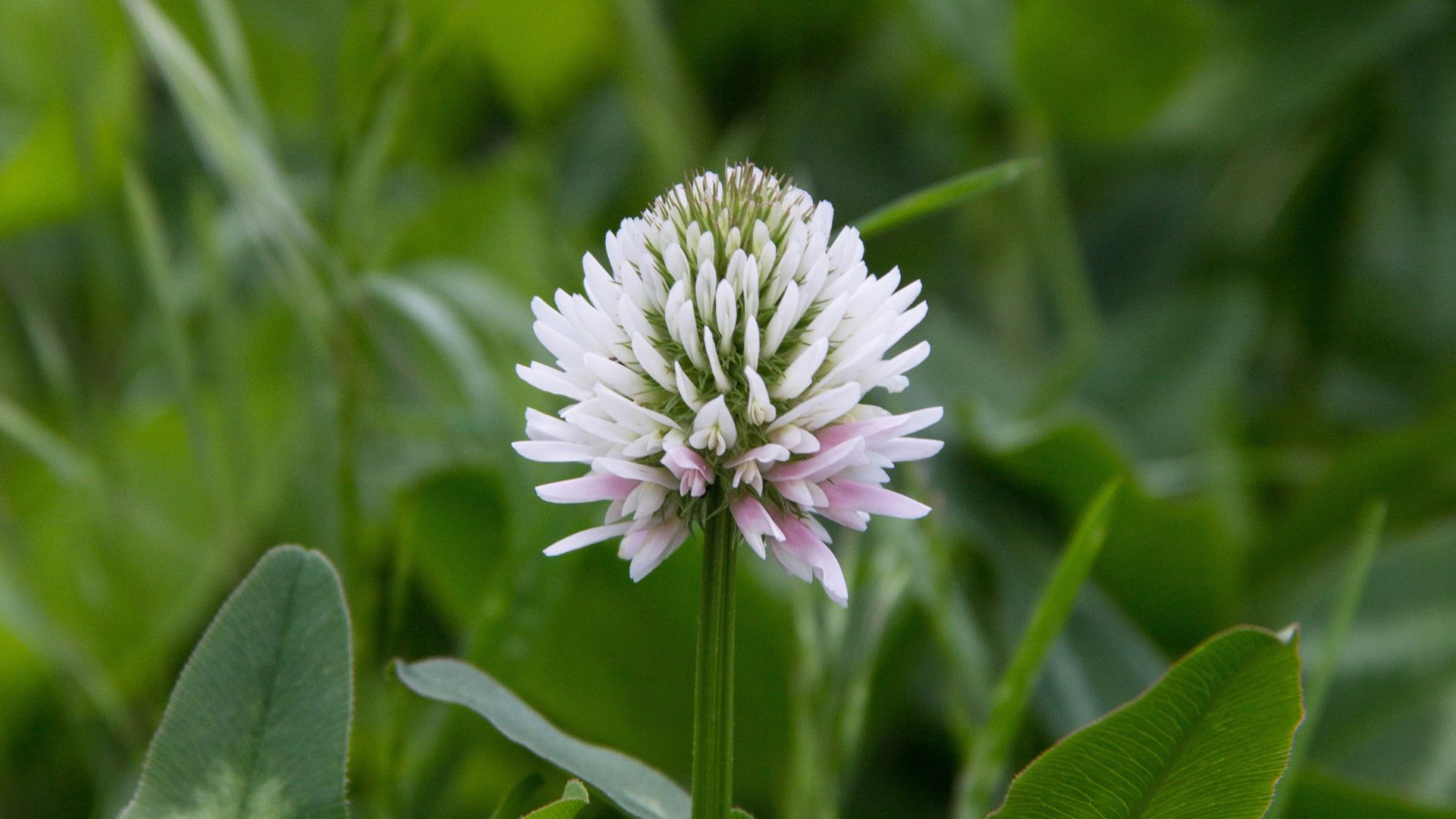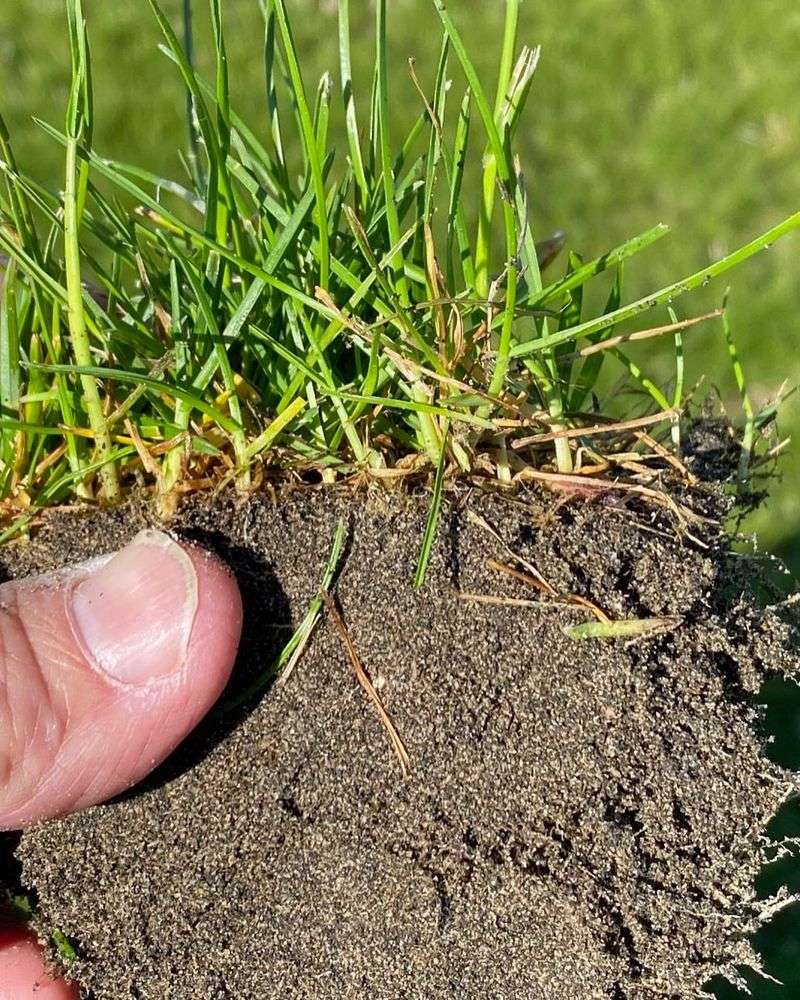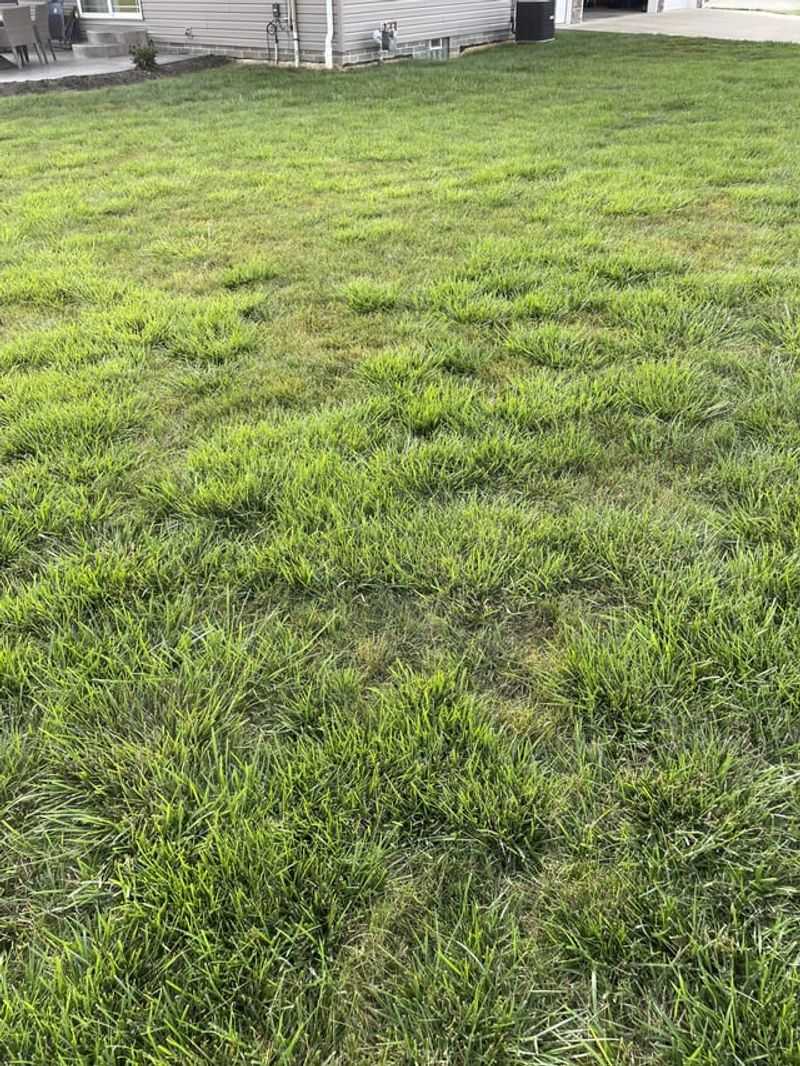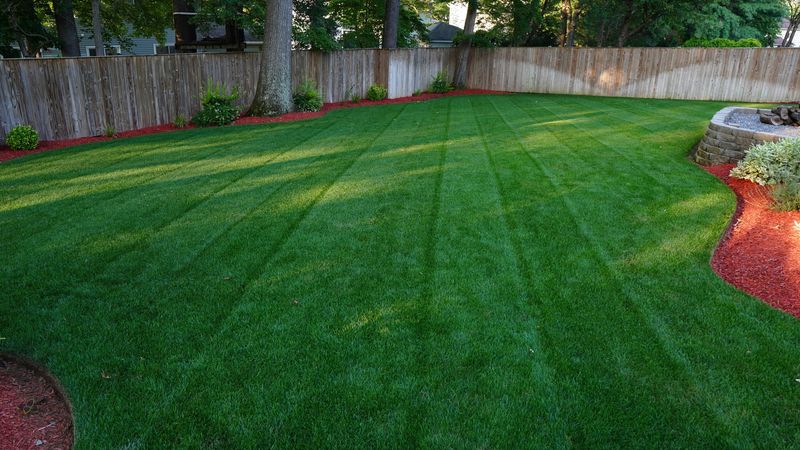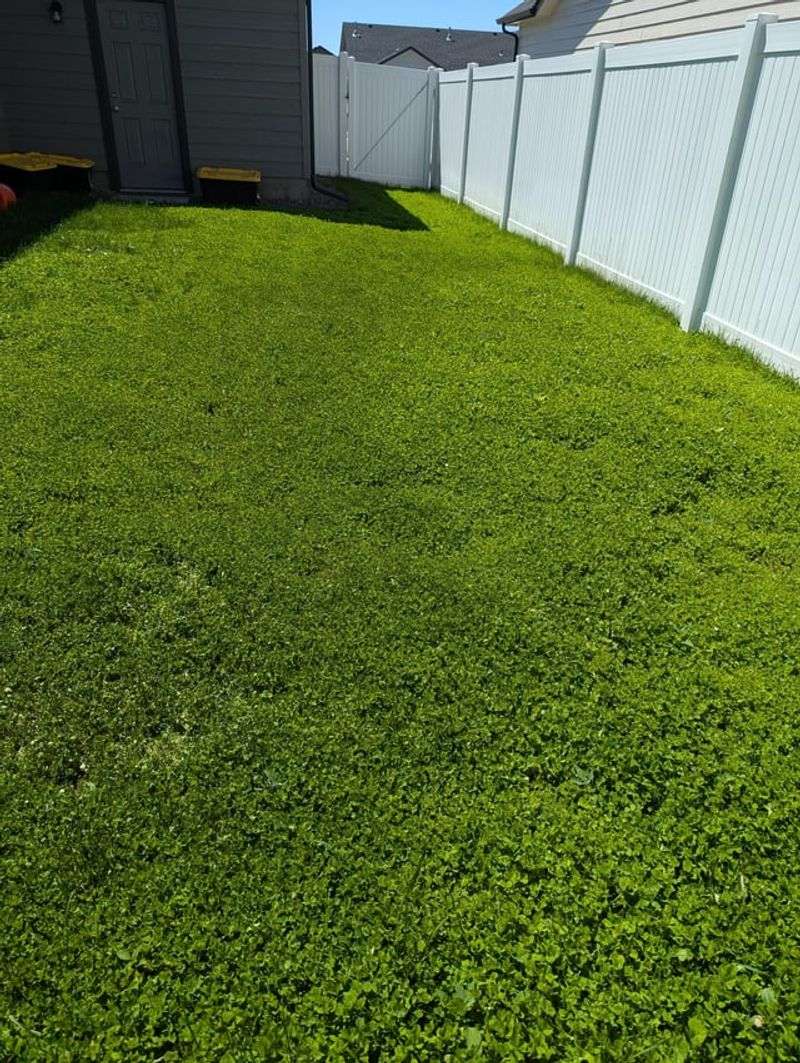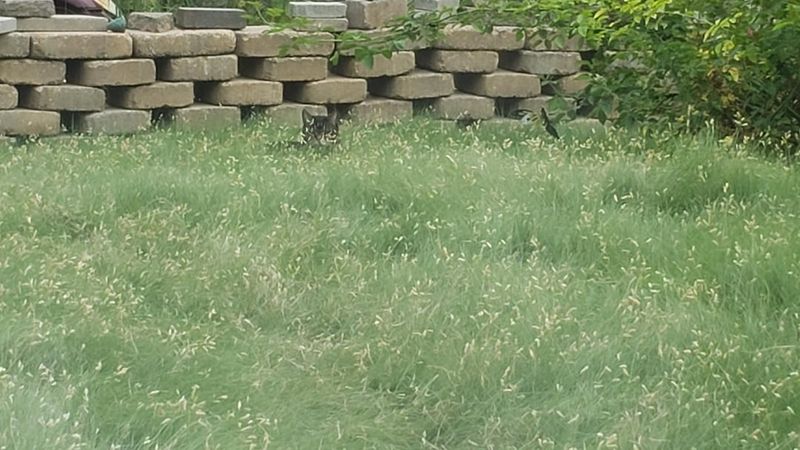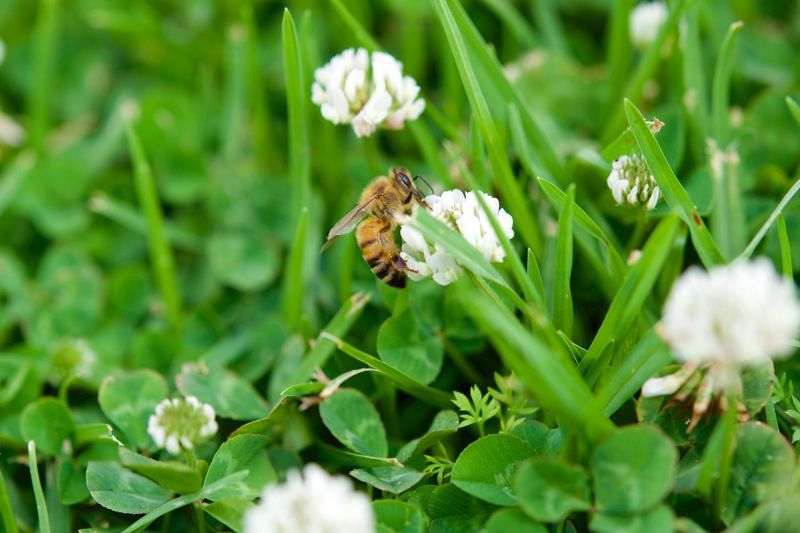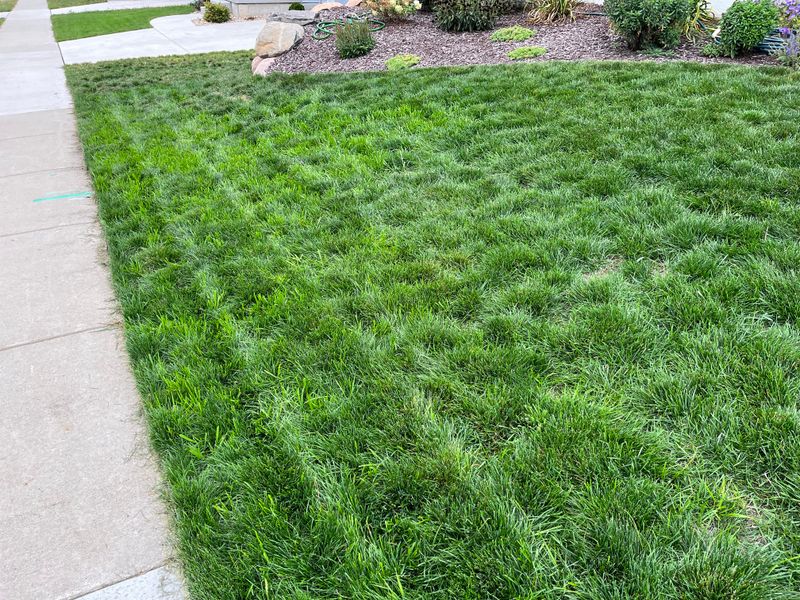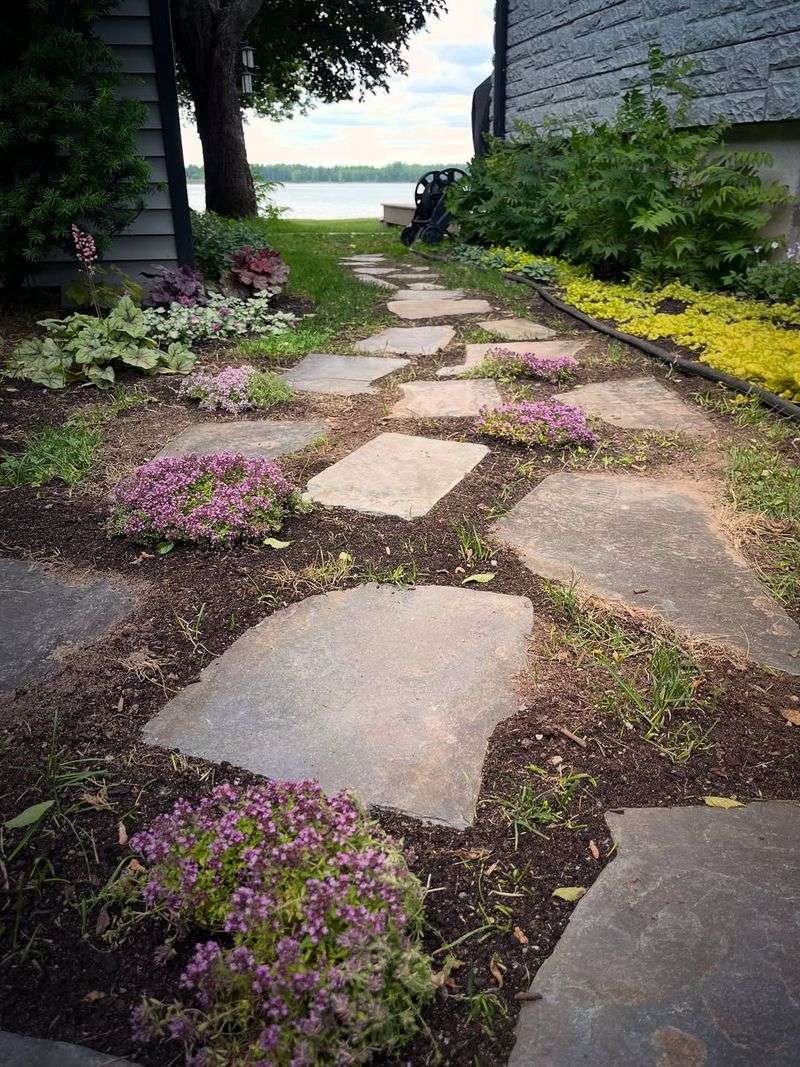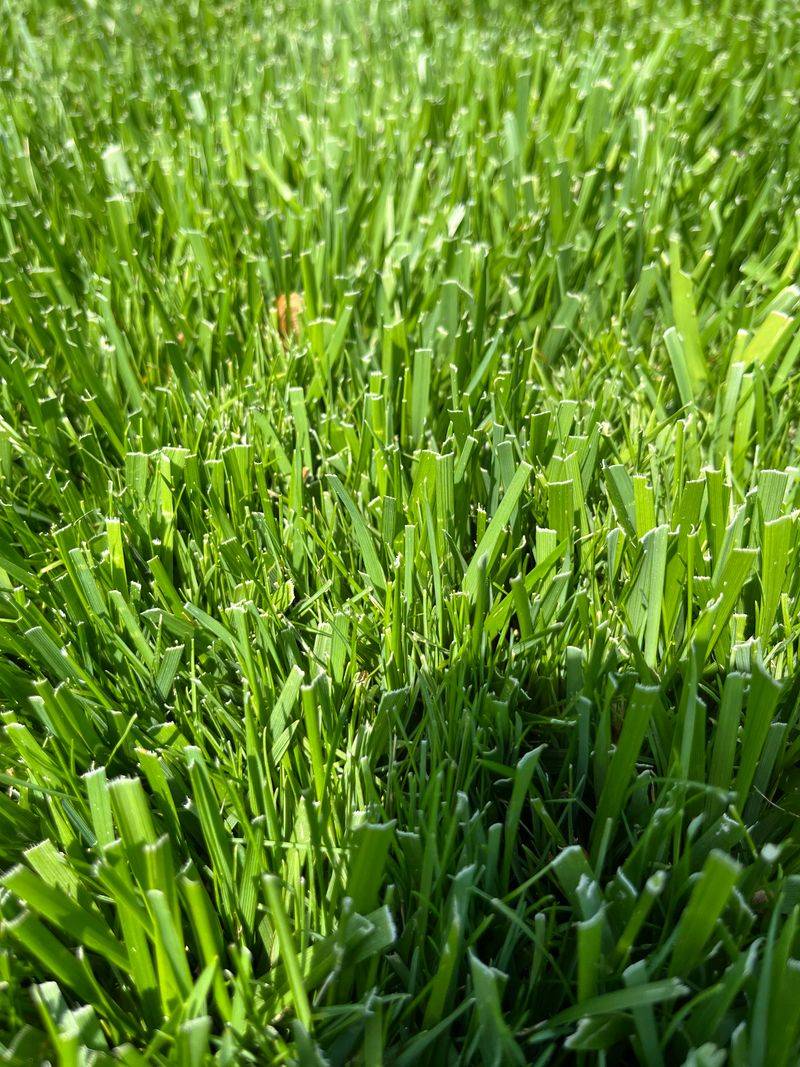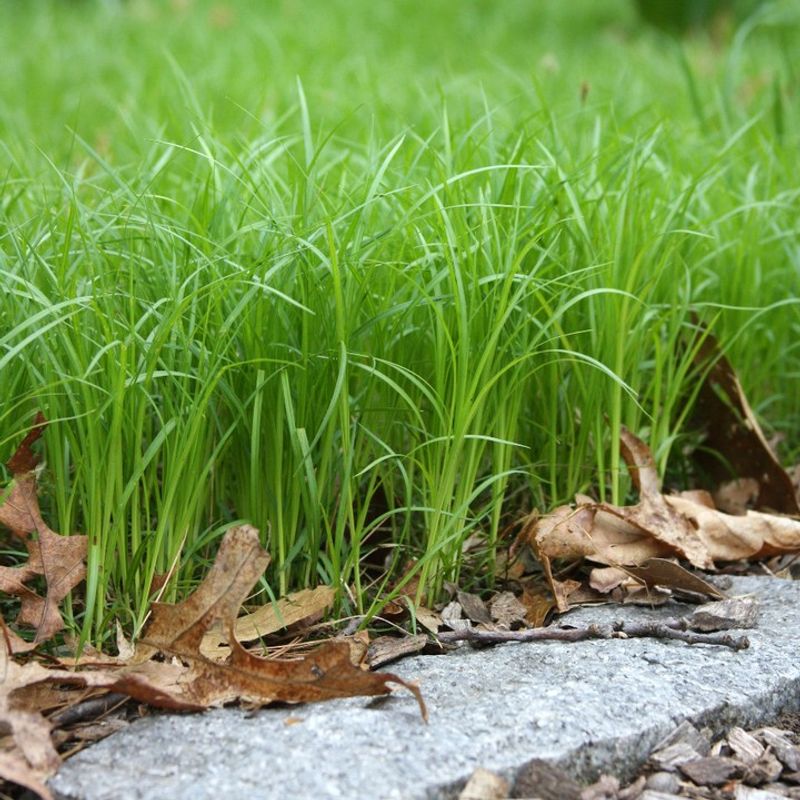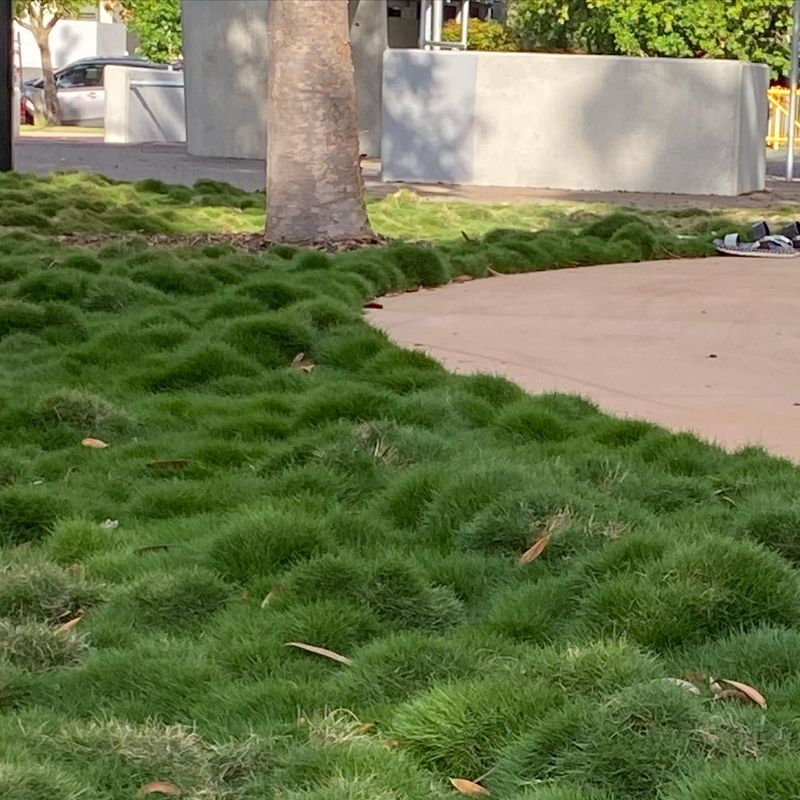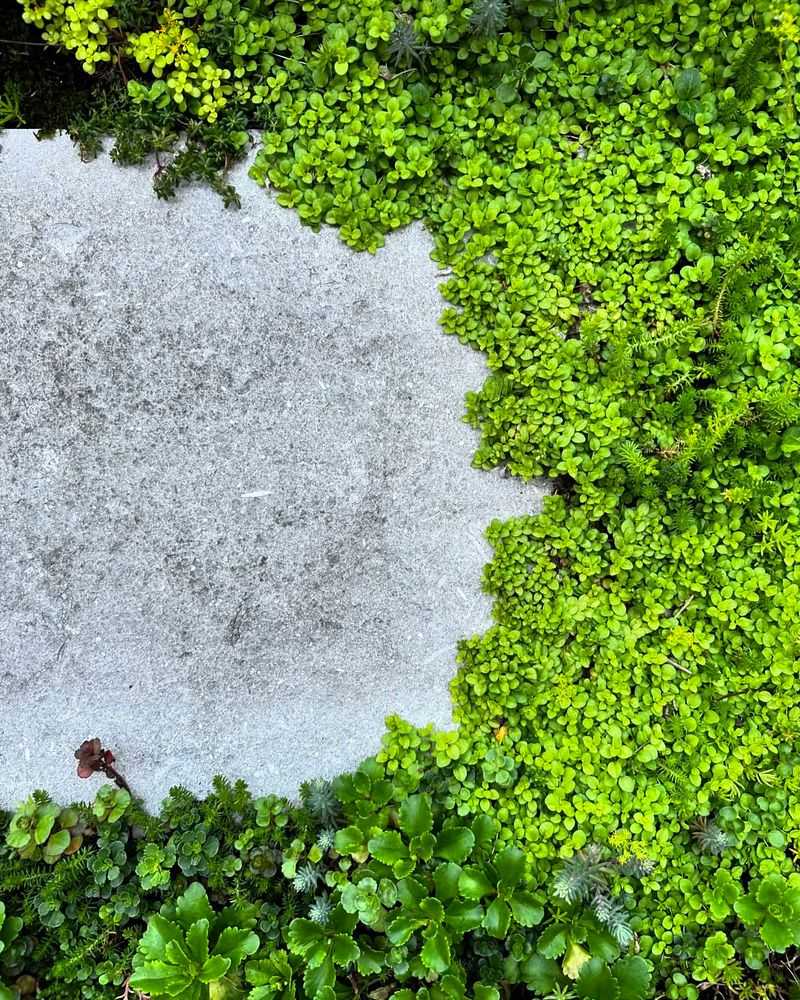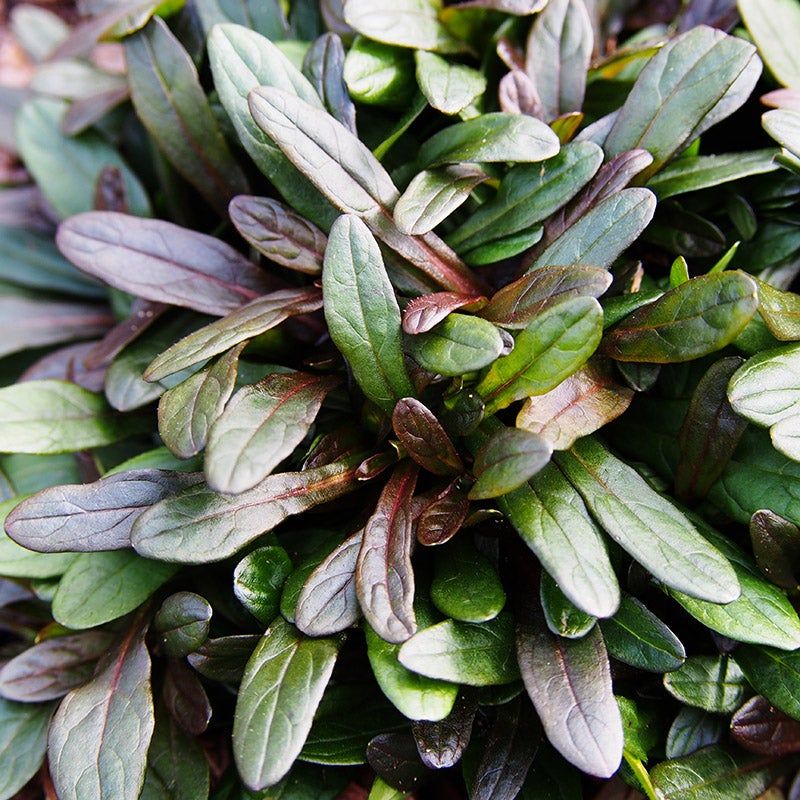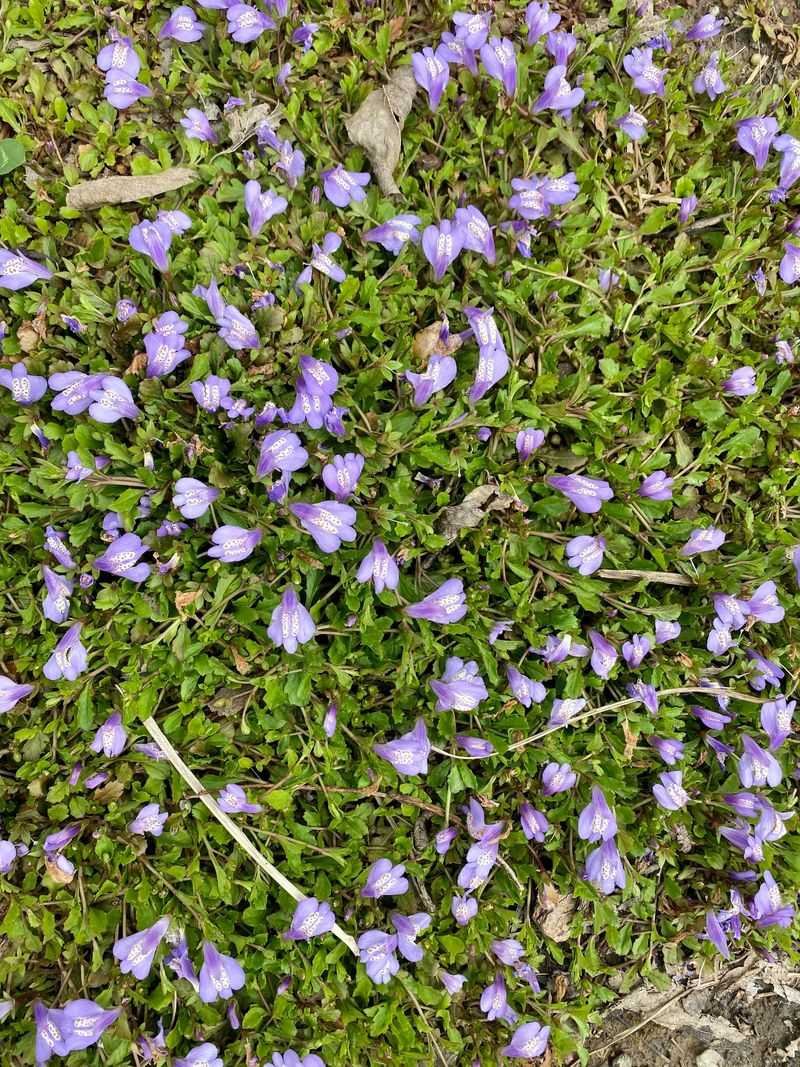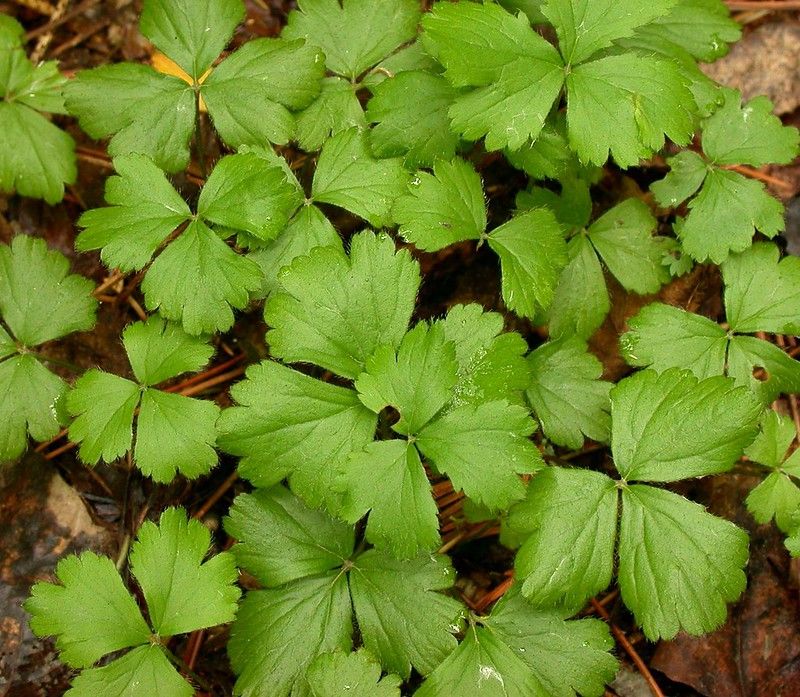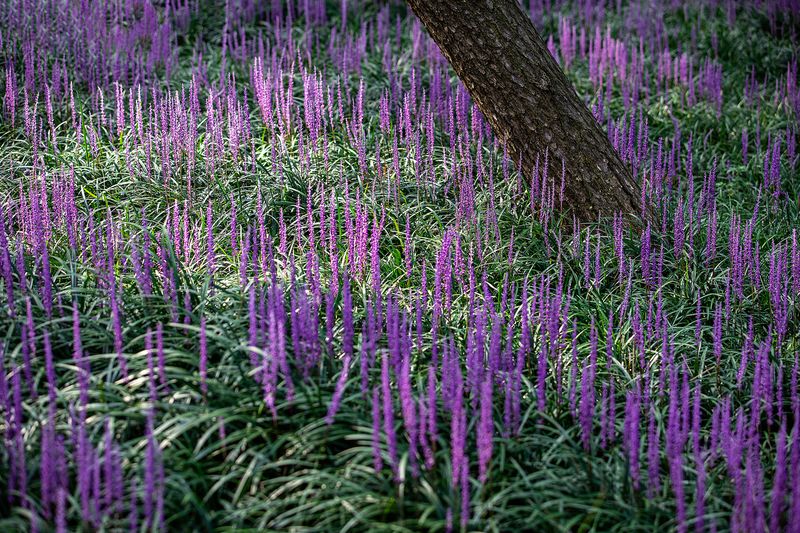Fighting weeds in Indiana lawns can feel like a full-time job. But there’s a smarter way than endless pulling or heavy herbicides. Strategic planting lets nature do the work—while making your yard look better, too.
By choosing dense or fast-growing ground covers, you can block weeds from taking hold. These plants spread quickly, shading the soil and leaving little room for troublemakers. It’s a natural defense that’s easy on your back and the environment.
The best part? These lawn-friendly plants thrive in Indiana’s climate, building strong root systems that hold their ground. With the right choices, your lawn becomes both weed-resistant and wonderfully lush.
1. Kentucky Bluegrass
When established properly, this cool-season grass creates a thick, carpet-like coverage that naturally suppresses weeds. The dense root network leaves minimal space for unwanted plants to take hold.
In Indiana’s climate, fall planting yields the best results, typically September through early October. Mow at 2.5-3 inches to encourage deeper roots and fuller coverage.
A common mistake is cutting too short, which weakens the grass and creates opportunities for weeds. Water deeply but infrequently to train roots to grow downward rather than spreading horizontally.
2. Tall Fescue
The deep root system of tall fescue reaches up to 2-3 feet underground, accessing water sources unavailable to shallow-rooted weeds. This drought-tolerant grass stays green through Indiana’s occasional dry spells when weeds begin to struggle.
For best results, overseed existing lawns in early fall with 6-8 pounds of seed per 1,000 square feet. The grass establishes quickly in Indiana’s cooling autumn temperatures.
My neighbor switched to tall fescue three years ago and now has half the dandelion problems I still battle with my mixed lawn. Its coarse texture might feel different underfoot, but the weed resistance makes it worthwhile.
3. Perennial Ryegrass
Quick to germinate, perennial ryegrass establishes itself in just 5-7 days, giving it a head start against competing weeds. This rapid growth makes it perfect for bare spots in Indiana lawns where weeds typically invade first.
The allelopathic properties of ryegrass naturally inhibit certain weed seeds from germinating. I’ve used it as a quick fix around my patio where crabgrass constantly tried to establish.
For Indiana’s climate, mix ryegrass with bluegrass for year-round coverage. Plant in September when soil temperatures drop below 70°F, and maintain at 2-3 inches height for optimal density against weeds.
4. Microclover
Unlike traditional clovers that form patches, microclover integrates seamlessly with grass to create a unified lawn appearance. The nitrogen-fixing properties improve soil health, strengthening grass and reducing the need for fertilizers that can sometimes encourage certain weeds.
Spring seeding works best in Indiana, typically April through early May when soil has warmed. The small leaves stay green during moderate drought when many weeds begin to brown and retreat.
My own partial microclover lawn has shown remarkable resistance to broadleaf weeds. The clover’s spreading habit fills gaps quickly before weeds can establish themselves.
5. Buffalograss
Native to North America, buffalograss has evolved alongside our local ecosystem, giving it natural advantages against many common Indiana weeds. The spreading growth habit creates a thick mat that physically blocks weed seedlings.
During establishment, water new buffalograss plantings every 2-3 days for the first two weeks. After that, this grass requires minimal irrigation even during Indiana’s occasionally hot summers.
The gray-green color might not appeal to those wanting a golf-course look, but its natural weed suppression makes up for the less conventional appearance. Plant in late spring when soil temperatures reach 60-65°F.
6. White Dutch Clover
Traditional lawns often fought against clover, but smart Indiana gardeners now embrace its weed-suppressing qualities. The spreading habit quickly fills bare spots where weeds typically gain a foothold.
Clover stays green during mild drought when grass may go dormant and weeds attempt to invade. The deep taproot breaks up compacted soil, improving conditions for beneficial plants while making it harder for weeds to establish.
Seed at 2-3 ounces per 1,000 square feet in early spring. I’ve noticed significantly fewer dandelions in the clover-rich sections of my lawn compared to pure grass areas.
7. Fine Fescue Blend
Combining several fine fescue varieties creates a lawn with multiple defense mechanisms against weeds. Each type has slightly different growth habits and environmental preferences, ensuring something is always actively growing and occupying space.
These grasses thrive with less nitrogen than Kentucky bluegrass, reducing the fertilizer that often feeds weeds. For Indiana’s varied climate, look for blends containing chewings, hard, and sheep fescues.
Fall planting gives the best results, allowing roots to establish before summer heat. The fine texture creates a carpet-like appearance that’s both attractive and functional for weed prevention.
8. Creeping Thyme
For troublesome areas where grass struggles, creeping thyme creates a dense mat that weeds find difficult to penetrate. The aromatic oils naturally discourage certain insects that can damage lawns and create openings for weeds.
Plant 6-12 inches apart in spring after frost danger passes. In Indiana’s climate, thyme spreads relatively quickly during warm months, filling in completely by the second season.
Walking on this ground cover releases a pleasant scent, an unexpected bonus beyond its weed-fighting abilities. I’ve used it successfully along walkways where regular grass was constantly invaded by weeds.
9. Turf-Type Tall Fescue
Modern turf-type varieties offer finer blades than traditional tall fescue while maintaining the same weed-resistant characteristics. The aggressive root system effectively competes for water and nutrients that would otherwise feed weeds.
Unlike older varieties, these newer types have a natural density that closes gaps where weeds typically establish. In Indiana’s transition zone climate, this grass performs well through both hot summers and cold winters.
Mow at 3-4 inches height to encourage deeper rooting. I’ve noticed that maintaining this higher cut significantly reduces the need for herbicides compared to shorter-mown lawns in our neighborhood.
10. Pennsylvania Sedge
Native to eastern woodlands, this sedge naturally competes with Indiana’s common forest weeds. The slow-spreading habit creates a maintenance-free alternative for shaded areas where grass struggles and weeds often dominate.
Once established, Pennsylvania sedge requires no mowing, fertilizing, or supplemental water. Plant 8-10 inches apart in spring or fall, being patient as it establishes over 1-2 seasons.
The graceful, arching foliage reaches 6-8 inches tall, creating a natural woodland look. For challenging north-facing slopes or under mature trees, this native plant consistently outperforms both traditional turf and common weeds.
11. Zoysia Grass
The exceptionally dense growth habit of zoysia creates a physical barrier that prevents weed seeds from reaching soil and establishing. During peak growing season, a healthy zoysia lawn in Indiana can be nearly impenetrable to common weeds.
Best established from sod or plugs rather than seed, zoysia should be planted in late spring when soil temperatures consistently reach 70°F. The slow lateral growth eventually creates a thick mat that chokes out existing weeds.
While dormant and brown during winter, zoysia’s tight growth pattern still prevents cool-season weeds from establishing. For southern Indiana especially, this warm-season grass offers excellent weed resistance.
12. Sedum Ground Cover
For sunny, dry areas where grass struggles and weeds thrive, sedum varieties create a drought-resistant barrier. The succulent foliage forms a dense mat that physically blocks weed seeds from reaching soil and germinating.
Different varieties offer varying heights and colors, with ‘Dragon’s Blood’ and ‘Angelina’ performing particularly well in Indiana’s climate. Plant in spring after frost danger has passed, spacing plants 12 inches apart.
Minimal maintenance makes sedum perfect for slopes and other hard-to-mow areas where weeds typically take hold. The shallow root system requires well-drained soil to prevent rot during Indiana’s occasionally wet springs.
13. Ajuga (Bugleweed)
Fast-spreading ajuga quickly forms a dense carpet in partially shaded areas where lawn grasses often thin out and allow weeds entry. The broad leaves create shade at soil level, preventing weed seeds from receiving the light needed for germination.
Spring or fall planting works best in Indiana, spacing plants 6-9 inches apart. By the second season, ajuga typically forms a solid mat that effectively excludes most common lawn weeds.
The blue-purple flower spikes in spring add visual interest beyond mere weed control. For areas under trees or along north-facing foundations, ajuga consistently outcompetes common shade-loving weeds.
14. Mazus
Low-growing mazus reaches just 1-2 inches tall but spreads rapidly to fill bare areas before weeds can establish. The tiny leaves form a tight mat that works well between stepping stones or in other small spaces where weeds typically flourish.
Spring planting gives mazus time to establish before Indiana’s summer heat. Unlike some ground covers, mazus tolerates moderate foot traffic, making it practical for areas adjacent to lawns.
The lavender-blue flowers appear in late spring, creating a beautiful carpet effect. For moist areas where many weeds thrive, mazus provides both ornamental value and effective weed suppression.
15. Barren Strawberry
Despite its name, this native ground cover produces cheerful yellow flowers rather than fruit. The semi-evergreen foliage forms a dense mat that effectively blocks many annual weeds from germinating in partial shade conditions.
In Indiana gardens, barren strawberry spreads at a moderate rate, filling in completely within 2-3 seasons. Plant 12 inches apart in spring or fall, in areas where turf grass struggles but weeds persist.
The attractive foliage resembles true strawberry plants, staying low at just 3-6 inches tall. For woodland edges and north-facing slopes, this native plant consistently outperforms both traditional ground covers and common weeds.
16. Liriope (Lilyturf)
The arching, grass-like foliage creates a dense barrier that prevents weed seeds from reaching soil. Even during Indiana’s winter dormancy, the persistent foliage continues to block many cool-season weeds from establishing.
Plant liriope clumps 12-18 inches apart in spring or fall. Within 2-3 seasons, the spreading habit fills spaces completely, leaving little room for opportunistic weeds.
Purple flower spikes in late summer add ornamental value beyond weed suppression. For partially shaded borders where lawn grasses thin out and create weed opportunities, liriope provides a low-maintenance, attractive solution.

